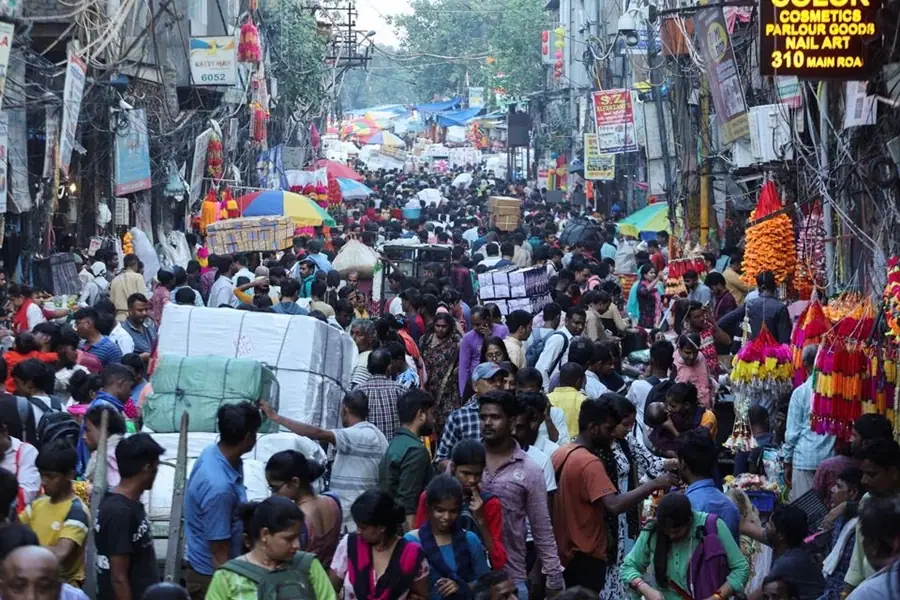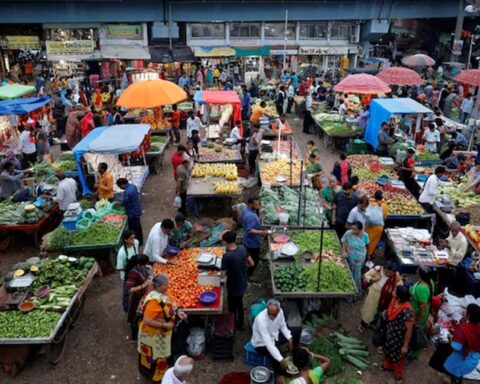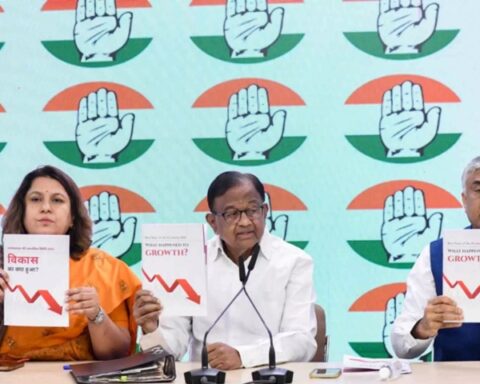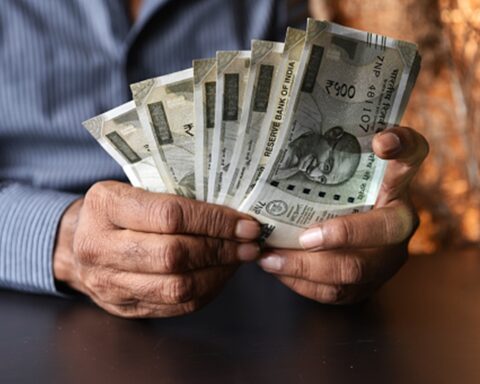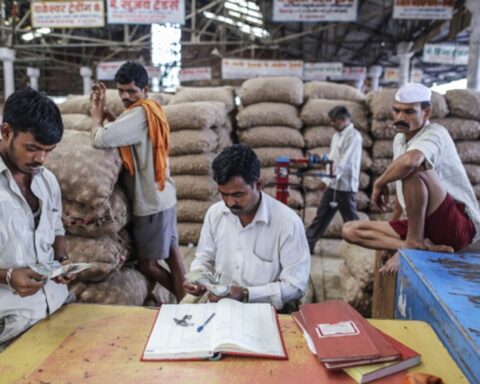BENGALURU, Oct 26 (Reuters) – Indian consumer spending during this year’s festival season will be slightly better than in 2022, said economists polled by Reuters, but probably not enough to ramp up the speed of what is already the world’s fastest-growing major economy.
The broadly optimistic survey data, taken together with expectations for 6.3% growth this fiscal year and next, suggest even with a dip in inflation, prospects for a Reserve Bank of India interest rate cut are still a long way off.
Battered during the pandemic, consumption, which makes up for about 60% of Asia’s third-largest economy has been slow to reach its pre-COVID levels.
While consumer spending in the current quarter was predicted to provide some lift to the economy, the overall growth outlook for the year has remained largely unchanged.
Nearly 75% of economists, 25 of 33, said spending during this year’s festival season, which lasts from October through December, will be higher compared to last year. Among those, 21 said slightly higher and four said significantly higher.
The remaining eight said slightly lower.
GDP growth will average 6.3% this fiscal year and next, based on the median forecasts of a wider sample of 63 economists in the Oct. 16-25 survey. The median forecast was almost exactly the same in a September poll, 6.2% and 6.3%, respectively.
“Festive demand could be substantial this time, and I think that bodes well for private consumption expenditure in Q4, and I hope it delivers that extra kick it does every year,” said Dhiraj Nim, an economist at ANZ Research.
“From a year-on-year growth rate perspective, it may not be a substantial upside so to speak.”
Economists generally agree India needs an even higher growth rate to generate enough jobs for millions of young people who enter the workforce every year.
The RBI’s bulletin early this year said India needs to grow 7.6% annually for the next 25 years to become a developed nation. No economist in the poll expects India to grow at that rate this year or next.
“India’s long-term success will ultimately depend on whether it can create enough adequate jobs to leverage its huge demographic dividend. At the moment, employment is largely concentrated in the low-productivity agricultural sector,” said Alexandra Hermann at Oxford Economics.
“In the current services-based model, achieving sustainable and inclusive growth will be challenging, though not inconceivable.”
When asked what was India’s potential economic growth rate over the next 2-3 years, economists returned a median range of 6.0%-7.0%.
The survey also showed inflation averaging 5.5% this year and 4.8% in 2024, higher than the mid-point of the RBI’s 2-6% target range.
The RBI was expected to leave its repo rate unchanged at 6.50% until at least end-June of next year, with the first 25 basis point cut forecast to come in the July-September quarter, poll medians showed.

